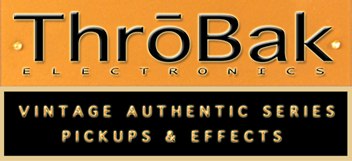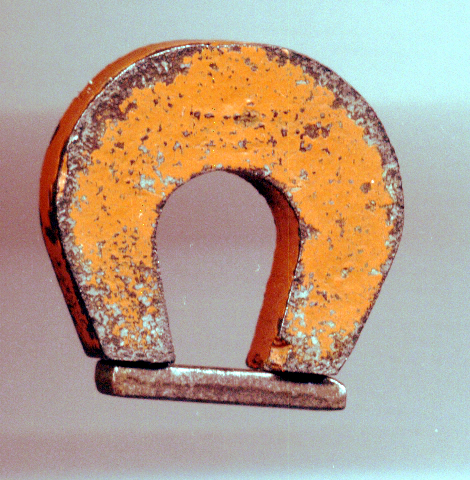Subliminal lanimilbuS
Well-known member
- Joined
- Sep 28, 2023
- Messages
- 529
I don't remember people mentioning such a thing as Alnico 4 magnets in pickups 20 years ago. I have never seen any vintage documentation referencing it for anything. The specs they list today for Al, Ni and Co in 2 and 4 magnets have pretty much the same ranges for percent composition. I don't even know how they are saying they can differentiate the two other than by word.
If you look at just magnets back in the 40's and 50's it was pretty simple. You had Alnico 2 magnets which had an isotropic arrangement. This came after Alnico developed in the 30's which had no designation of 1 at the time. They started changing the amounts of Al, Ni and Co in Alnico 2 magnets to make them more durable. Not sure if this was when Alnico 3 got a designation or if that came some time later. There was a new anisotropic arrangement magnet developed during the war that was much stronger magnetically than Alnico 2. This new Alnico 5 magnet started being used by industry in things such as speakers.
Alnico 5 began its use in PAF pickups around 1958. Also, by late 58 you start finding magnets, on occasion, that are shorter than the 2.5" in length that Gibson had been using up to this time. These shorter magnets are around 2.37" in length. By 1960 that is the norm.
Alnico 2, 3 and 4 magnets are pretty much the same magnetically. The biggest difference is that Alnico 3 will be less prone to breaking or cracking. Personally, as far as pickups are concerned, I would group 2,3 and 4 together as the same entity as far as how they are going to sound with your bobbins. The biggest difference is going to be how that entity compares to Alnico 5.
An Alnico 2,3 or 4 magnet will create less millivolts than an Alnico 5 magnet with the same bobbins. Generally, and dependent on what you are doing with that signal after it leaves the guitar, the lower output Alnico 2, 3 and 4 magnets creating a softer warmer tone and the the stronger Alnico 5 magnet a more powerful brighter tone.
I found it totally amusing investigating Alnico 4. AI, which I have to look at every time I do something now, seems to think it was developed in 30's at the same time as Alnico. All reference of it seem to be related to guitar pickups. It really makes me wonder how confusing AI is going to make things in the future and the problems it is going to create. As far as researching technical and historical things I find it misleading more than not.
If you look at just magnets back in the 40's and 50's it was pretty simple. You had Alnico 2 magnets which had an isotropic arrangement. This came after Alnico developed in the 30's which had no designation of 1 at the time. They started changing the amounts of Al, Ni and Co in Alnico 2 magnets to make them more durable. Not sure if this was when Alnico 3 got a designation or if that came some time later. There was a new anisotropic arrangement magnet developed during the war that was much stronger magnetically than Alnico 2. This new Alnico 5 magnet started being used by industry in things such as speakers.
Alnico 5 began its use in PAF pickups around 1958. Also, by late 58 you start finding magnets, on occasion, that are shorter than the 2.5" in length that Gibson had been using up to this time. These shorter magnets are around 2.37" in length. By 1960 that is the norm.
Alnico 2, 3 and 4 magnets are pretty much the same magnetically. The biggest difference is that Alnico 3 will be less prone to breaking or cracking. Personally, as far as pickups are concerned, I would group 2,3 and 4 together as the same entity as far as how they are going to sound with your bobbins. The biggest difference is going to be how that entity compares to Alnico 5.
An Alnico 2,3 or 4 magnet will create less millivolts than an Alnico 5 magnet with the same bobbins. Generally, and dependent on what you are doing with that signal after it leaves the guitar, the lower output Alnico 2, 3 and 4 magnets creating a softer warmer tone and the the stronger Alnico 5 magnet a more powerful brighter tone.
I found it totally amusing investigating Alnico 4. AI, which I have to look at every time I do something now, seems to think it was developed in 30's at the same time as Alnico. All reference of it seem to be related to guitar pickups. It really makes me wonder how confusing AI is going to make things in the future and the problems it is going to create. As far as researching technical and historical things I find it misleading more than not.
Last edited:




